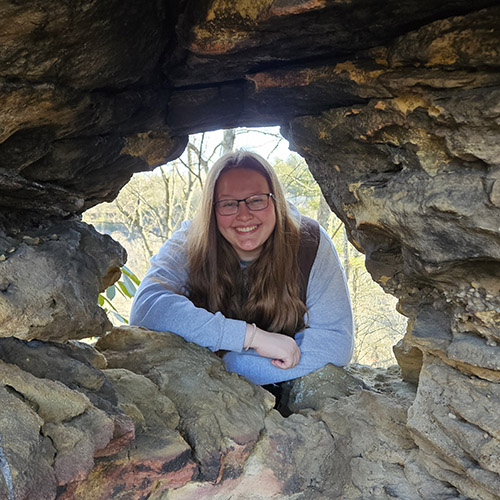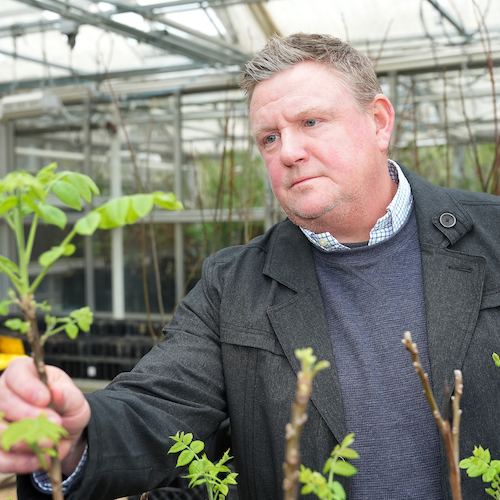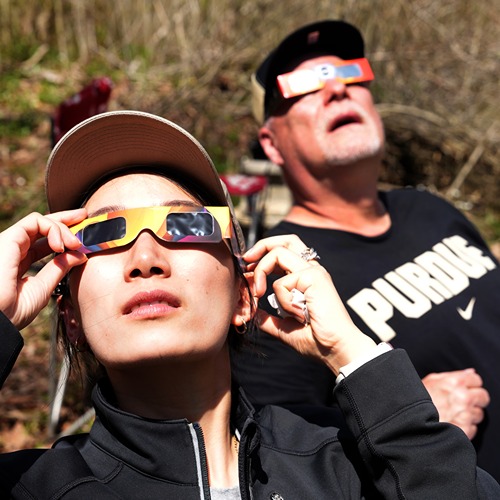The classic and trusted book "Fifty Common Trees of Indiana" by T.E. Shaw was published in 1956 as a user-friendly guide to local species. Nearly 70 years later, the publication has been updated through a joint effort by the Purdue Department of Forestry and Natural Resources, Indiana 4-H, and the Indiana Department of Natural Resources, and reintroduced as "An Introduction to Trees of Indiana."
A printed copy of the full publication is available for purchase for $7 in the Purdue Extension Education Store. The field guide helps identify common Indiana woodlot trees.
Each week, the Intro to Trees of Indiana web series will offer a sneak peek at one species from the book, paired with an ID That Tree video from Purdue Extension forester Lenny Farlee to help visualize each species as it stands in the woods. Threats to species health as well as also insight into the wood provided by the species, will be provided through additional resources as well as the Hardwoods of the Central Midwest exhibit of the Purdue Arboretum, if available. 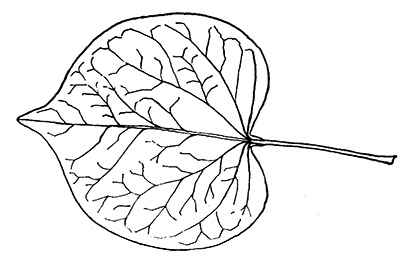
This week, we meet the Redbud or Cercis canadensis.
The alternately held leaves of this small tree are heart-shaped with smooth edges and measure three to five inches long. Leaves changes from a dark green to a yellow or yellow green in the fall. The leaves are held on twigs that grow in a zig-zag pattern. The bark on redbud is reddish brown and flaky with the older, darker bark shedding to reveal the red inner bark.
The clusters of pink, lavender and even magenta flowers of this species appear in the early spring before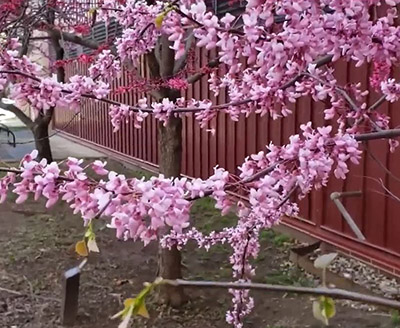 the leaves open. The redbud is in the broad legume family and, as such, its fruit is a small pea-pod, approximately three inches long, which is flat with a very thin skin.
the leaves open. The redbud is in the broad legume family and, as such, its fruit is a small pea-pod, approximately three inches long, which is flat with a very thin skin.
Redbud trees, which grow 20 to 30 feet tall, are often found along the edge of woodlands and open fields and brushy areas, but are also planted ornamentally for their beauty. This species grows best in partial sun and in moist, well-drained soils, but is tolerant of alkaline soil and clay. The natural range of the redbud is the central and eastern United States, from southern Iowa across to Pennsylvania to the north and south into northern Florida. It also extends west to Kansas, Oklahoma and Texas and east to Florida and up the Atlantic coast.
The Morton Arboretum states that redbud is susceptible to borers, canker disease and verticillium wilt. It also suffers in full sun or extreme summer heat. It is noted that the trees have a shallow root system, which must be protected, and the tree is relatively short-lived, with only a 20 to 25 year life span.
According to The Wood Database, redbud wood is easy to work with hand and machine tools and it turns, glues and finishes well. It is commonly used to make boxes, carvings, turned objects and small specialty wood items such as gunstocks, decorative bowls, knife handles and veneer.
Other Resources:
ID That Tree: Redbud
ID That Tree: Redbud Spring Bloom Edition
Morton Arboretum: Redbud
ID That Tree Spring Bloom Editions, Got Nature Blog
The Woody Plant Seed Manual, U.S. Forest Service
Fifty Trees of the Midwest app for the iPhone, The Education Store
Native Trees of the Midwest, The Education Store
Shrubs and Woody Vines of Indiana and the Midwest, The Education Store
Investing in Indiana Woodlands, The Education Store
Forest Improvement Handbook, The Education Store
ID That Tree, Purdue Extension-Forestry & Natural Resources (FNR) YouTube playlist
Woodland Management Moment , Purdue Extension-FNR YouTube playlist
